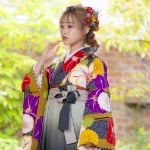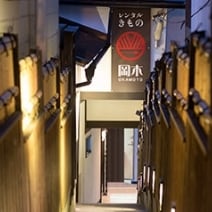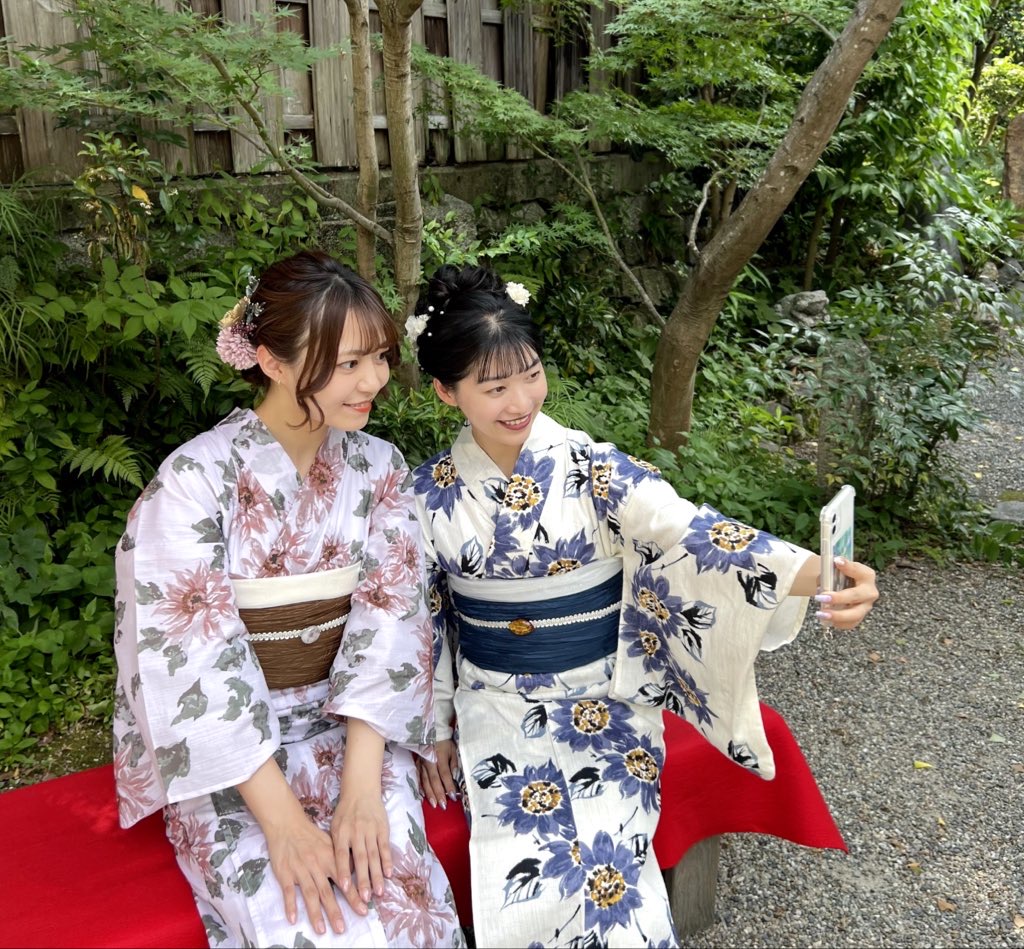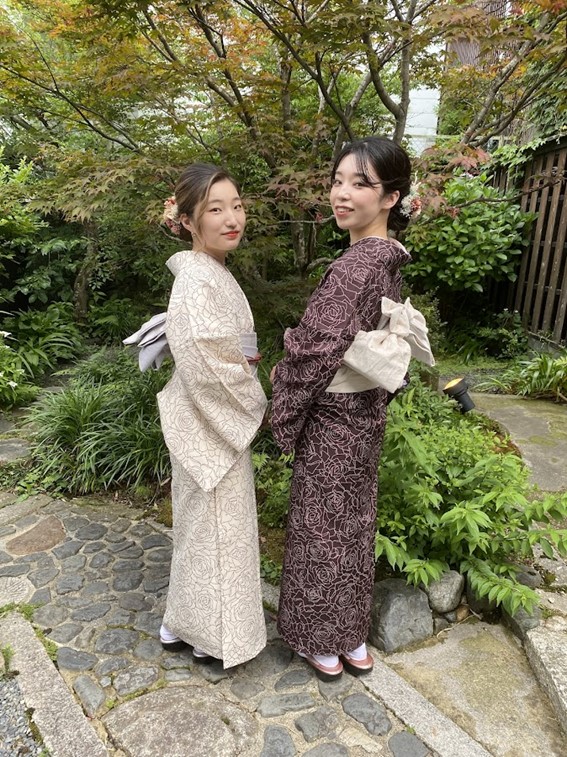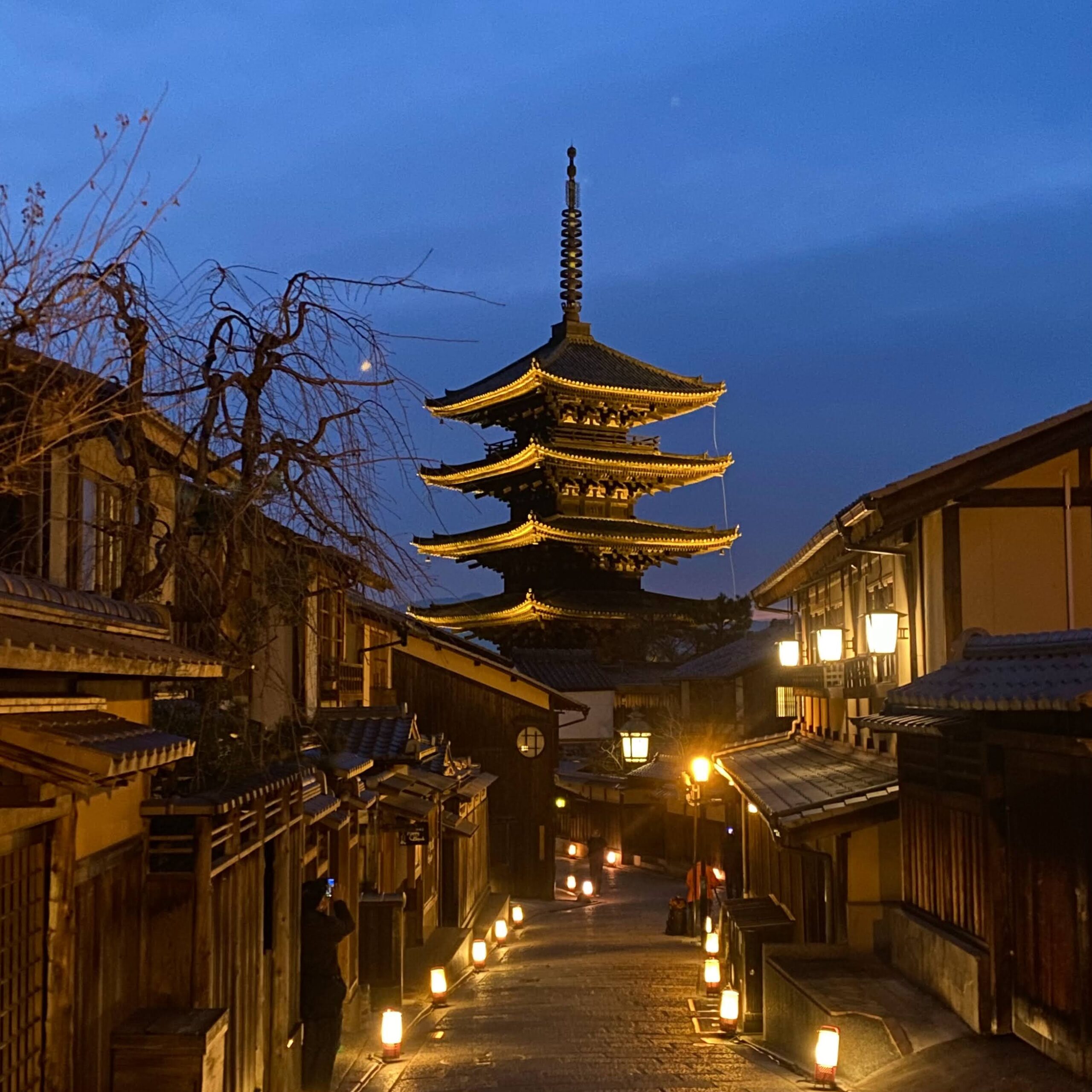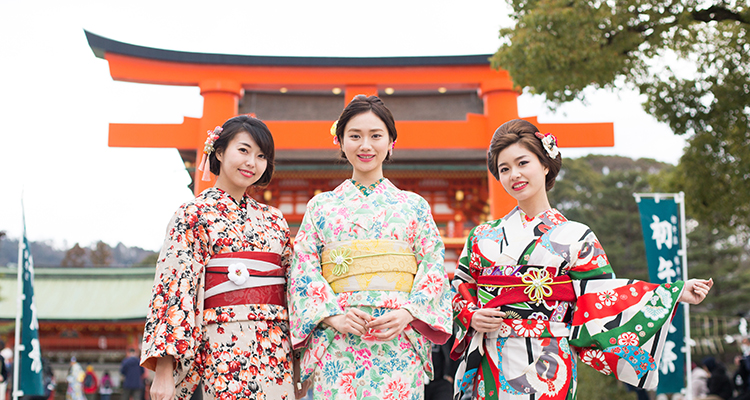
special fearure・column
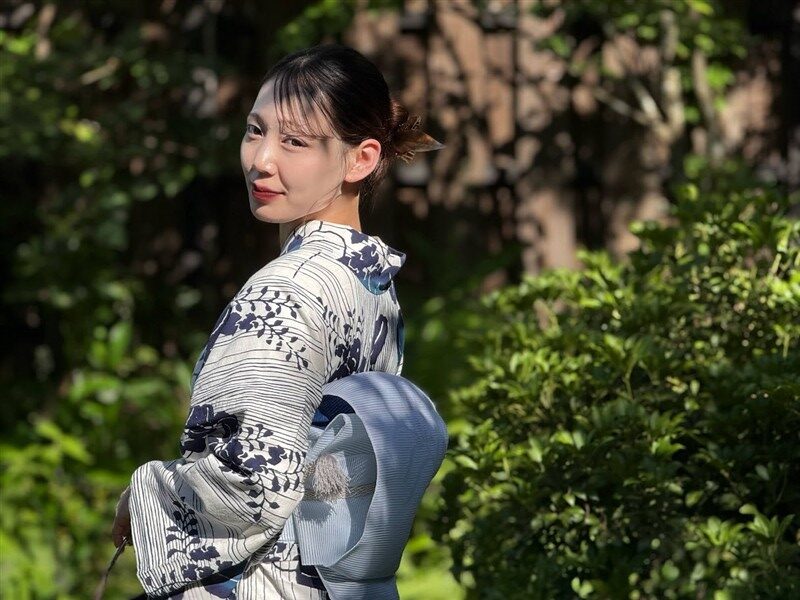
Kyoto’s “Rokudō Mairi” and the Charm of Yukata with a Nagoya Obi
Obon is just around the corner.
Today, we would like to introduce Rokudō Mairi, a traditional event held in Kyoto, along with a stylish and mature yukata coordination featuring a Nagoya obi—perfect for visiting solemn places with grace.
Nagoya obi can be styled from casual to semi-formal depending on the pattern and fabric.
In Kyoto's hot summer, a refreshing yukata look is a wonderful choice for your visit.
What is Rokudō Mairi?
Rokudō Mairi is a traditional event in Kyoto held during the Obon season to welcome and honor the spirits of one’s ancestors.
It is believed that the spirits returning from the afterlife during Obon must pass through the "Rokudō no Tsuji" (the Crossroads of the Six Realms).
At Rokudō Chinno-ji, a temple located near this spiritual crossroads, people ring the Mukaegane (welcoming bell) and write posthumous Buddhist names (kaimyō) on wooden memorial tablets (mizutōba) to offer prayers and guide the spirits safely back.
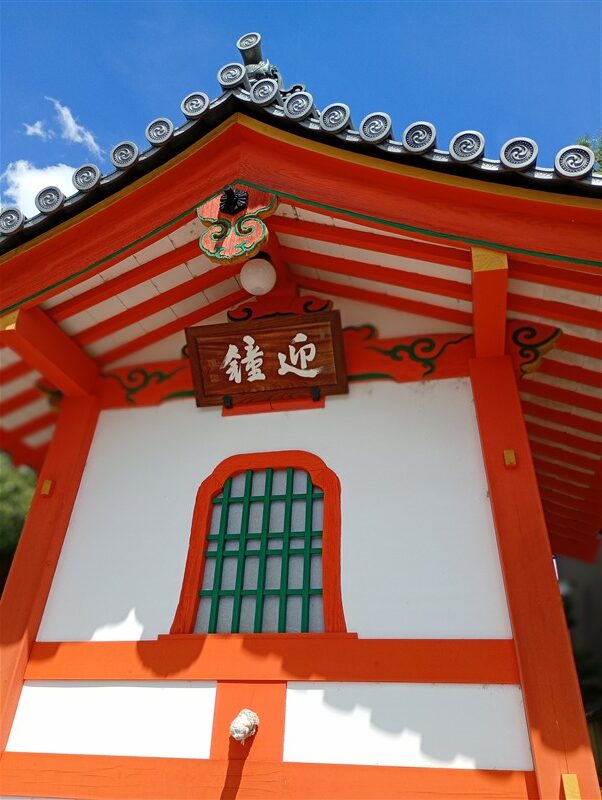
The term "Rokudō" refers to the Six Realms of Reincarnation in Buddhist belief:
The Realm of Hell (Jigokudō)
The Realm of Hungry Ghosts (Gakidō)
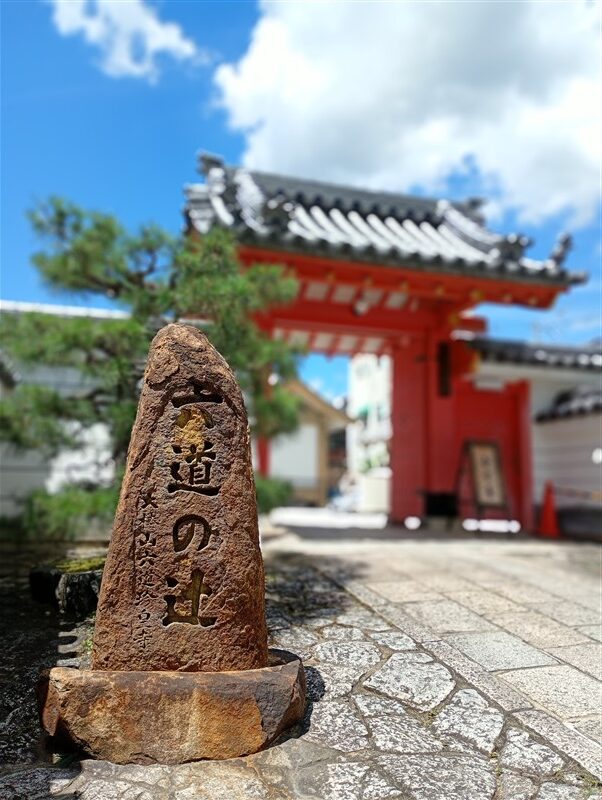
Within the temple grounds, you’ll find a statue of Enma-Daiō, the King of the Underworld, who judges the souls of the dead, along with a statue of his legendary assistant, Ono no Takamura.
According to folklore, Ono no Takamura served the imperial court by day and assisted Enma-Daiō with judgments in the underworld by night.
Also located on the temple grounds are two mysterious wells: the “Well of the Underworld Passage”, which he is said to have used to travel to the afterlife, and the “Well of Return from Yomi”, through which he came back.
(Please note: These wells are not open to the public during the Rokudō Mairi period.)
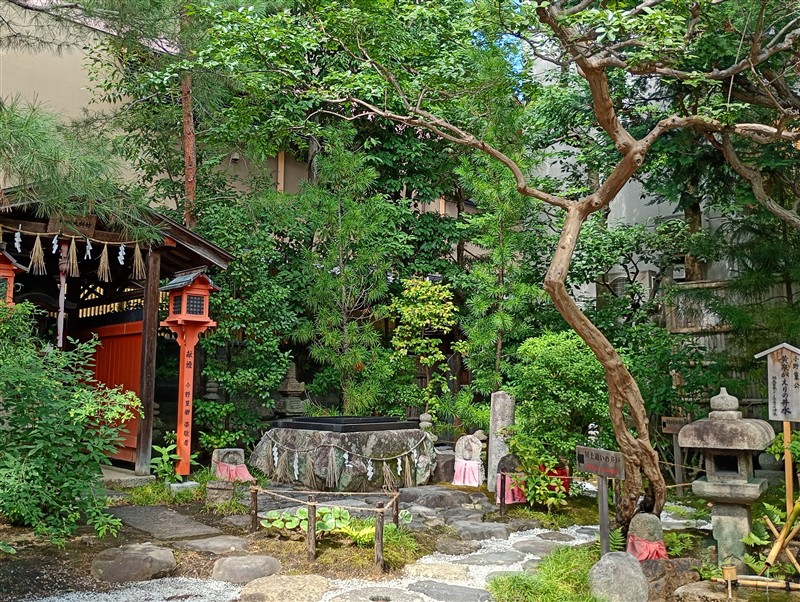
Choosing Yukata with a Nagoya Obi
For quiet and solemn events like Rokudō Mairi, a yukata paired with a Nagoya obi is a perfect choice to express a sense of mature elegance.
The yukata originally traces back to the Heian period, where it began as a type of bathrobe known as yukatabira worn during steam baths. Later, in the Edo period, it evolved into casual summer wear among townspeople and gained popularity at events such as Bon dances and cherry blossom viewings.
Unlike formal kimono, yukata are typically worn without a juban (inner layer) and with bare feet in geta sandals—making them lighter and more breathable in summer.
The Nagoya obi, on the other hand, was invented in the Taisho era in the city of Nagoya. As women became more active in society, this obi was designed to be easier to tie while still looking elegant. Its name comes from its place of origin. The obi is typically tied in the ichijūdaiko (single-layer drum) style, making it perfect not only for temple visits but also for dining out or attending performances.
Styling Tips
While many people associate the Nagoya obi exclusively with kimono, pairing it with a yukata creates a more refined and elegant look than the typical hanhaba obi.
It’s a great choice for those seeking a mature and sophisticated summer outfit.
Below, we’ll introduce some coordination examples to inspire your look.
Entry No. 1
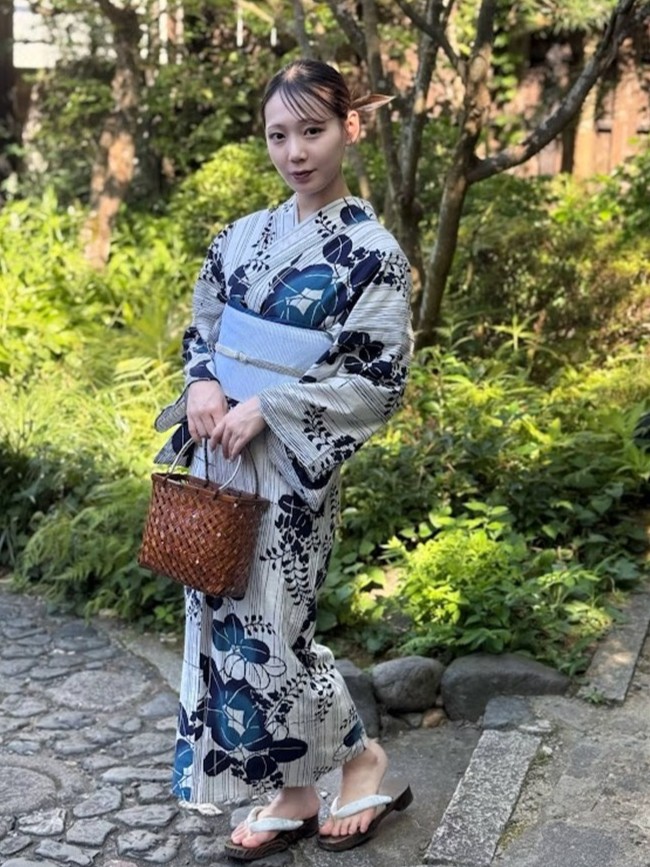
This coordination features a yukata with vertical stripes and floral patterns in shades of blue and navy, paired with a soft light blue Nagoya obi. The combination highlights a fresh and cool impression, perfect for the summer season.
The obi’s hue beautifully complements the blue tones of the yukata, creating an overall look that feels clean, elegant, and feminine.
Like a wind chime swaying gently in the summer breeze, this refined and graceful ensemble exudes both serenity and sophistication.
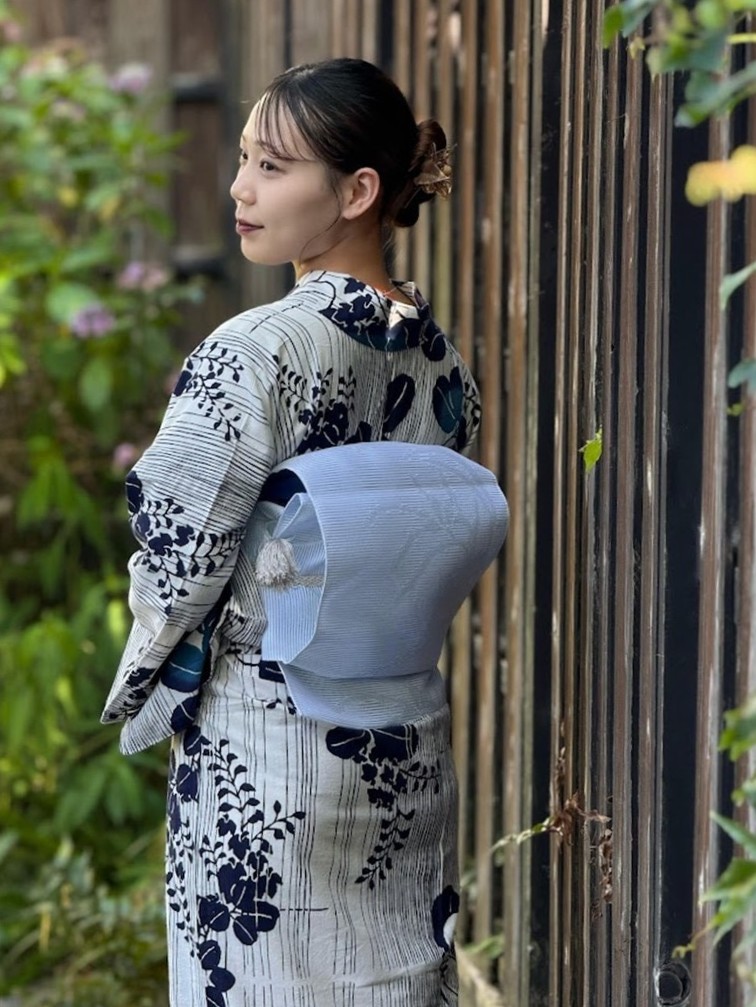
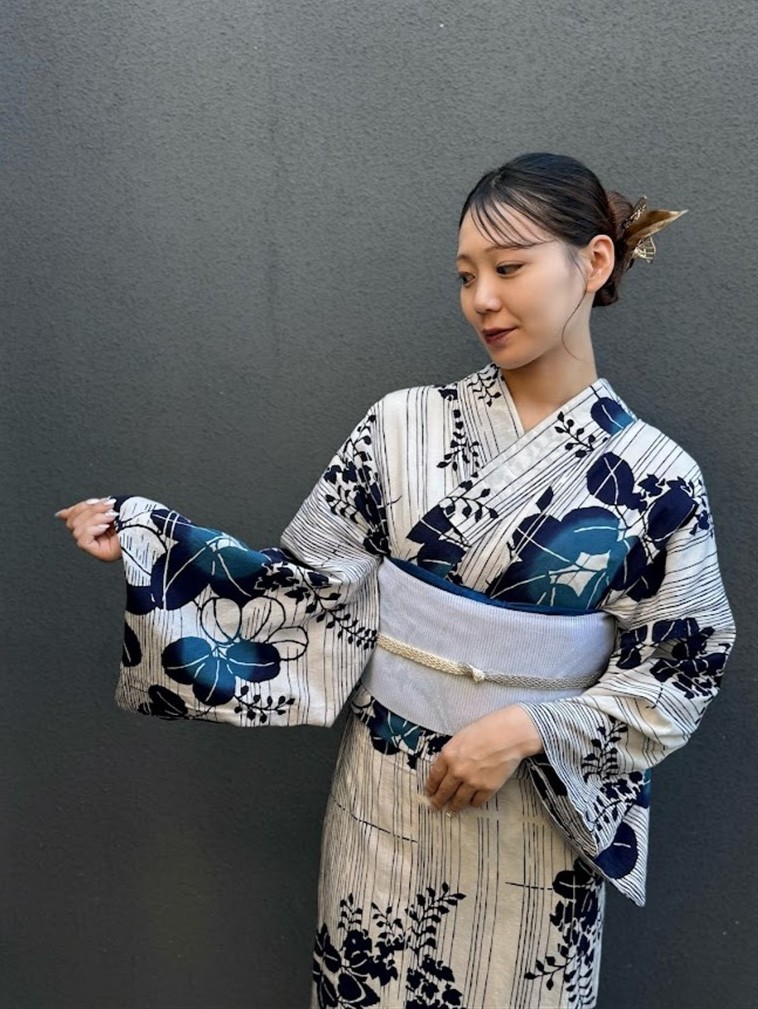
Entry No. 2
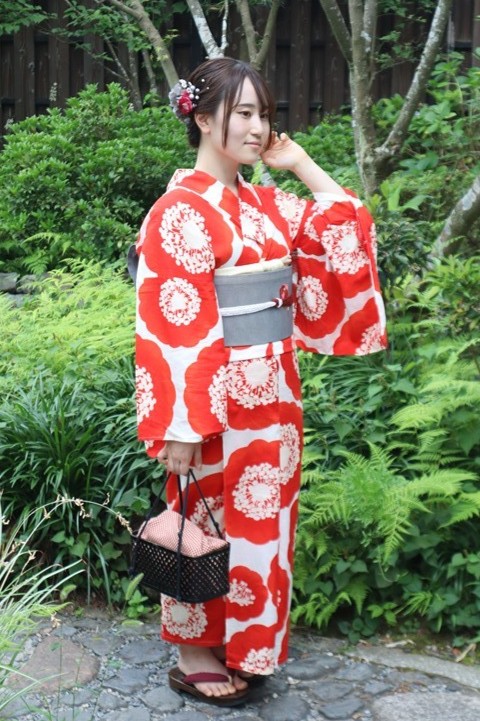
This coordination is striking and full of vibrancy!
A yukata featuring large, vivid crimson floral patterns is paired with a subdued gray Nagoya obi, which tightens the overall impression and creates a balanced, sophisticated look.
By deliberately combining the lively, youthful yukata with a chic, muted obi color, this outfit achieves an elegant maturity—an advanced styling technique.
Additionally, the white-to-red gradient obijime (decorative cord) serves as a perfect accent that connects the yukata and obi, giving the entire ensemble a harmonious and polished feel, showcasing refined taste.
The back view is particularly memorable, with the obi adorned by large, beautifully embroidered flowers that add a touch of grace and glamour.
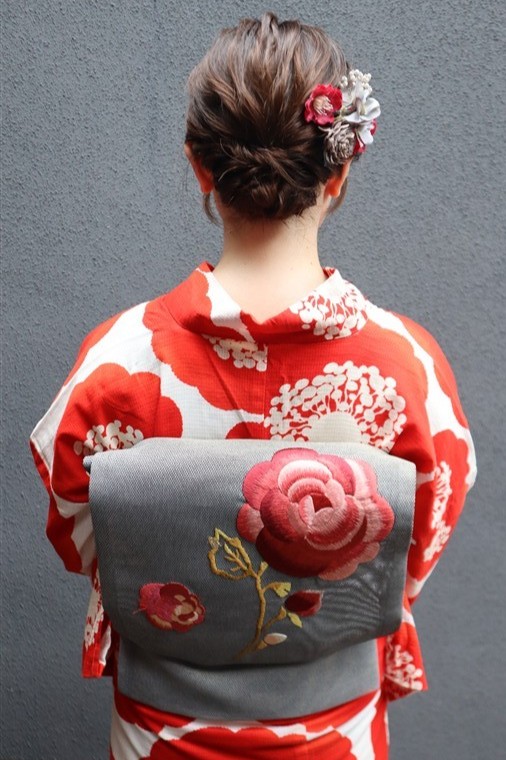
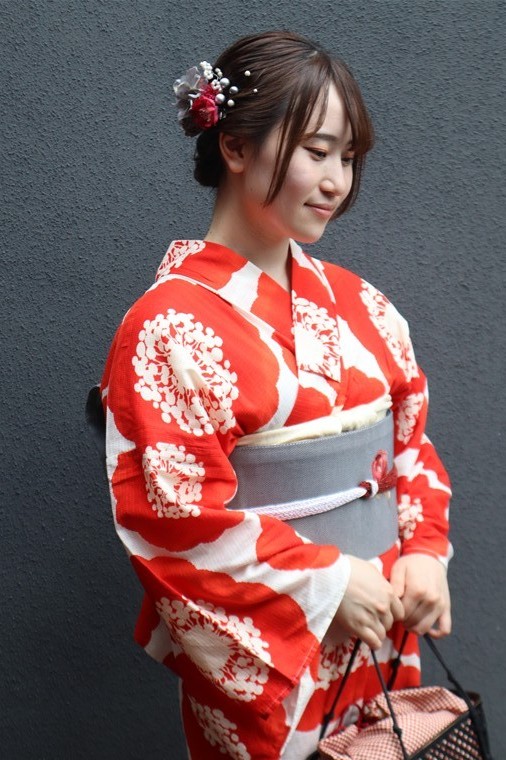
Entry No. 3
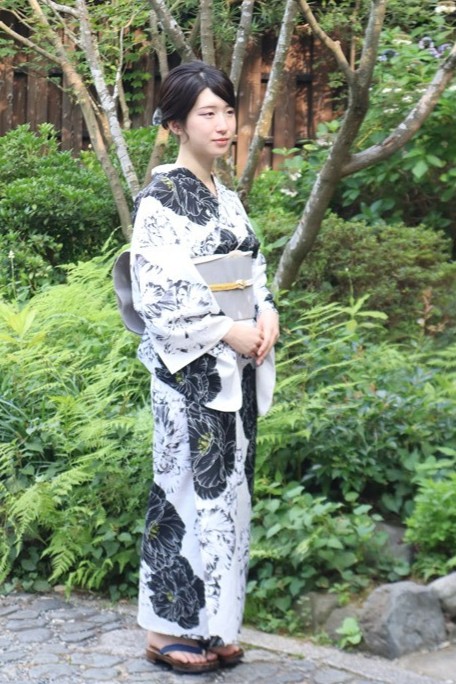
This coordination features a white yukata with large black floral patterns, paired with a gray Nagoya obi, creating a very elegant and sophisticated impression.
The obi’s color harmonizes beautifully with the monochrome floral design of the yukata, evoking a calm yet urban and modern atmosphere.
Additionally, the soft yellow obijime adds a subtle accent, bringing warmth and a touch of brightness to the overall look.
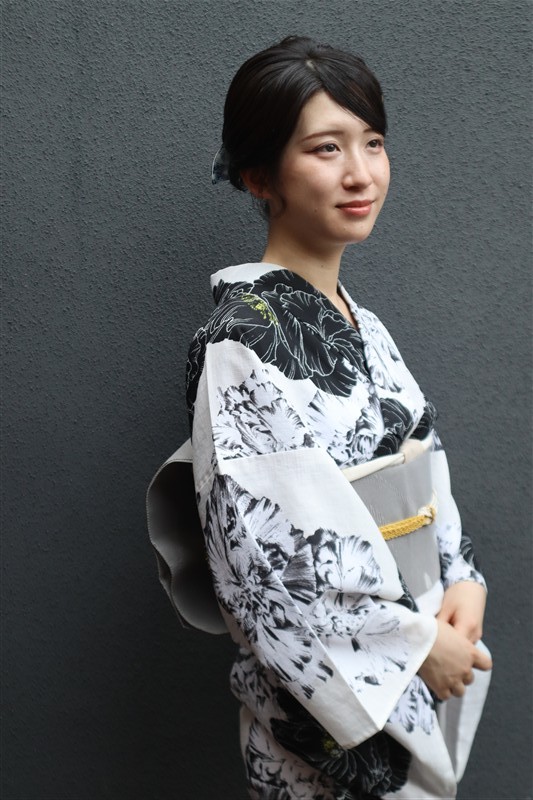
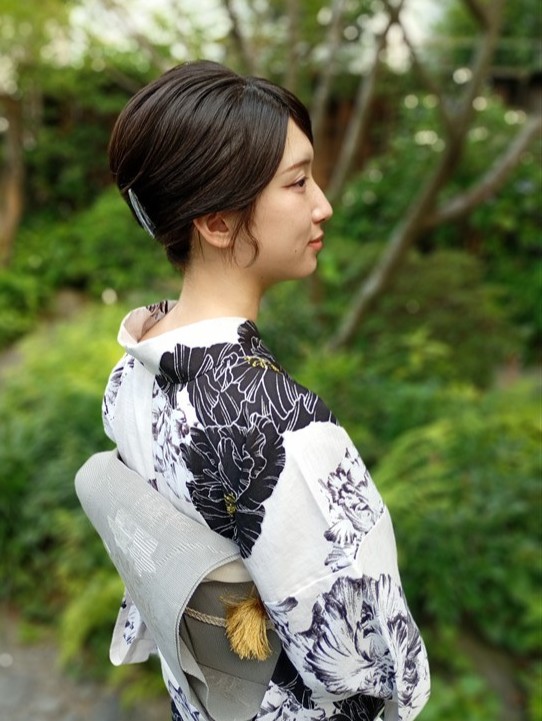
Additionally, this hairstyle is a modern interpretation of the traditional Japanese wafuku style, beautifully blending classic elegance with refined naturalness.
Harmonizing perfectly with the kimono, this look evokes a sense of quiet beauty and dignified grace.
Recommended Fabrics
When pairing a yukata with a Nagoya obi, the following high-quality fabrics are especially recommended.
Cotton Kōbai (Men-Kōbai)
This is a premium yukata fabric made from lightweight cotton woven with thicker threads to create a grid-like texture.
The raised texture reduces contact with the skin, allowing for better airflow and a smooth, breezy feel—perfect for staying comfortable in the summer heat.
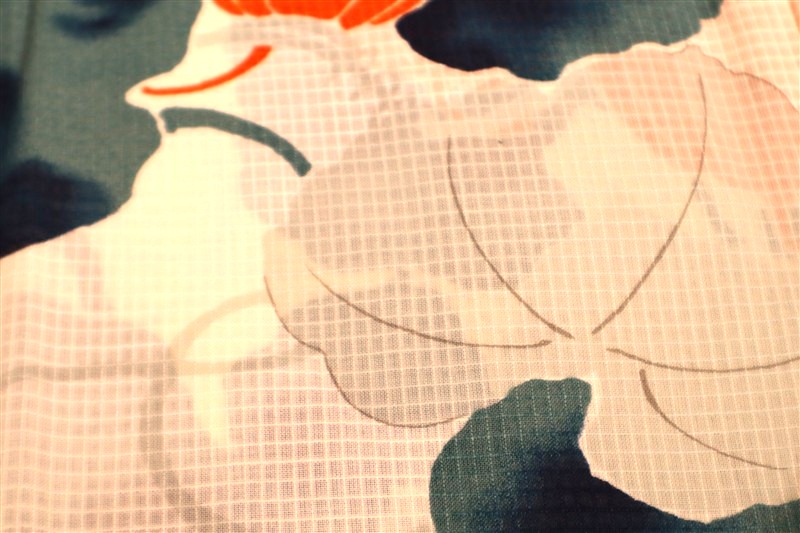
Cotton Ro (Men-ro)
A beautifully woven cotton fabric with a lace-like texture, created using the traditional karami-ori (twisted open-weave) technique.
It offers a refined and elegant appearance, making it ideal for more polished yukata styles.
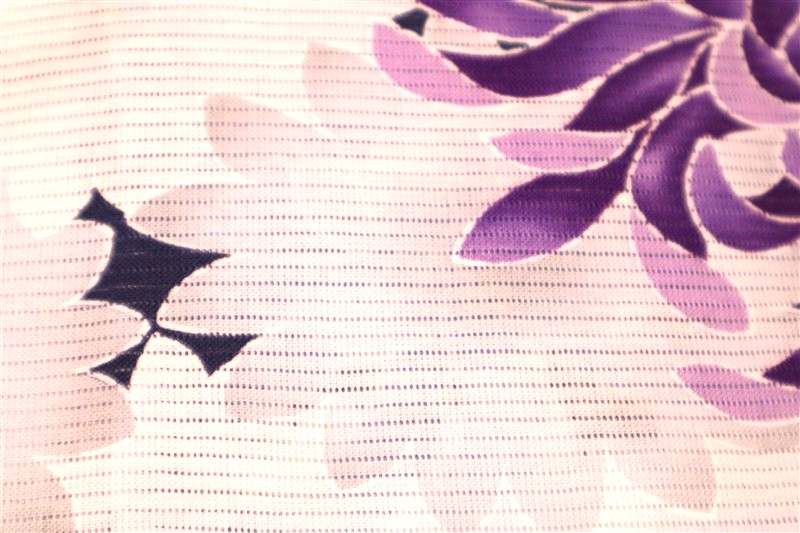
Both fabrics can be elevated with the addition of lace tabi socks, which add a touch of refinement and complete the sophisticated look.
Steps for Participating in Rokudō Mairi
Dressed in a yukata with a Nagoya obi, it's time to head to Rokudō Mairi.
Here are the main steps of the ritual:
① Purchase a sprig of Kōyamaki (Japanese umbrella pine), which serves as a symbolic vessel for your ancestors’ spirits.
② Have the posthumous Buddhist name (kaimyō) of your ancestor written on a mizutōba (a wooden memorial tablet used in water-based offerings).
③ Ring the Mukaegane, the “welcoming bell” said to echo even into the underworld.
④ Purify the mizutōba with incense smoke.
⑤ Offer pure water to the spirits as an act of remembrance and prayer.
Through this process, you welcome your ancestors’ spirits and symbolically bring them home with you.
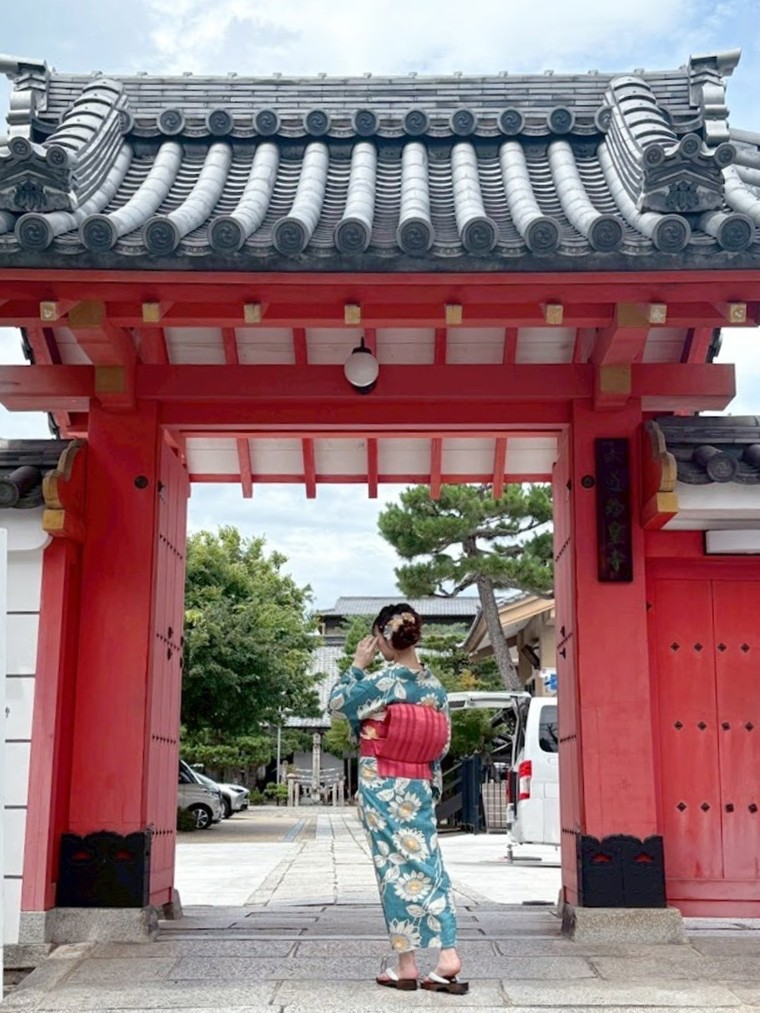
[Bonus] The Legend of the Ghost Child-Raising Candy (Yūrei Kosodate Ame)
Just a short walk from Rokudō Chinno-ji stands Minatoya Yūrei Kosodate Ame Honpo, a long-established candy shop known for its specialty: Yūrei Kosodate Ame—"Ghost Child-Raising Candy."
This traditional candy is tied to a famous Kyoto ghost story.
Long ago, a woman would visit the shop every night to buy candy. One day, the shopkeeper noticed that the coins she used for payment had turned into leaves. Suspicious, he decided to follow her—only to see her vanish in front of a grave, where the cry of a baby could be heard.
When the grave was opened, they found a newborn baby alive inside, sucking on the candy.
This eerie and touching tale became the inspiration for a well-known rakugo (comic storytelling) performance.
We recommend stopping by the shop after visiting Rokudō Mairi. The candy has a gentle, amber-like sweetness that's both nostalgic and soothing.
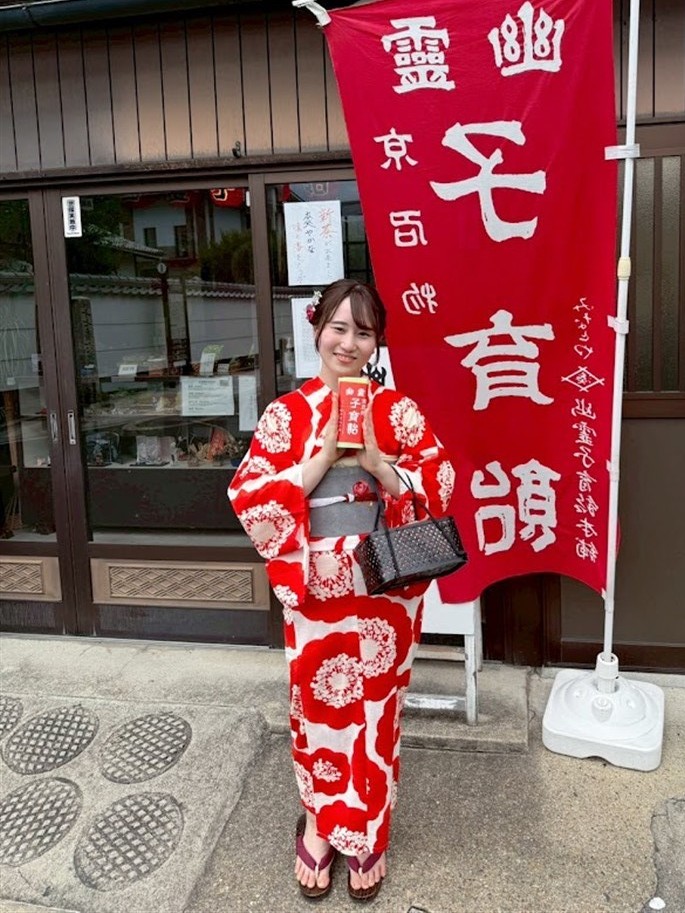
Rokudō Mairi 2025 – Event Information
Period: August 7 (Thursday) to August 10 (Sunday), 2025
Time: 6:00 AM to 10:00 PM (Opening hours of Rokudō Chinno-ji Temple)
At Rental Kimono Okamoto, we offer next-day return and hotel return services, so you can visit and enjoy Rokudō Mairi at your own pace without worrying about time.
Please find your original yukata and Nagoya obi coordination with us for a perfect and elegant look.
Website: www.okamoto-kimono.com
Instagram: @rentalkimonookamoto
TikTok: @rentalkimono_okamoto
Facebook: Rental Kimono Okamoto
X (formerly Twitter): @okamotokimono
Lit.link: lit.link/rentalkimonookamoto
Arashiyama Shop
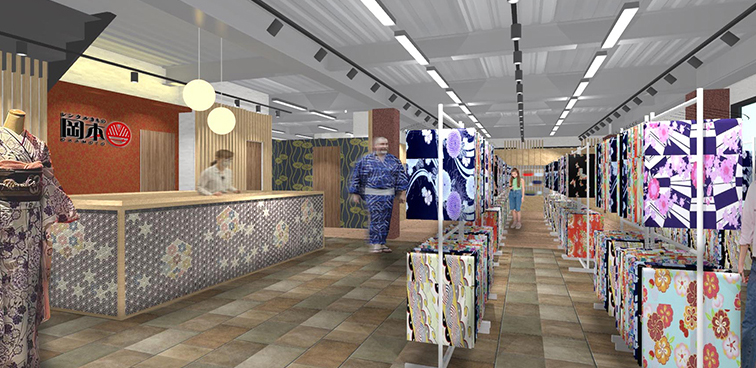
48-4 Saga Tenryuji Kitatsukurimichicho, Ukyo-ku, Kyoto 616-8374, Japan
Phone: +81-75-950-0805 / Fax: +81-75-950-0806 / E-mail: arashiyama@okamoto-kimono.com
Nearest Station: Arashiyama (Randen Line) / JR Saga-Arashiyama Station
Rental Kimono Okamoto - Fushimi Inari shop
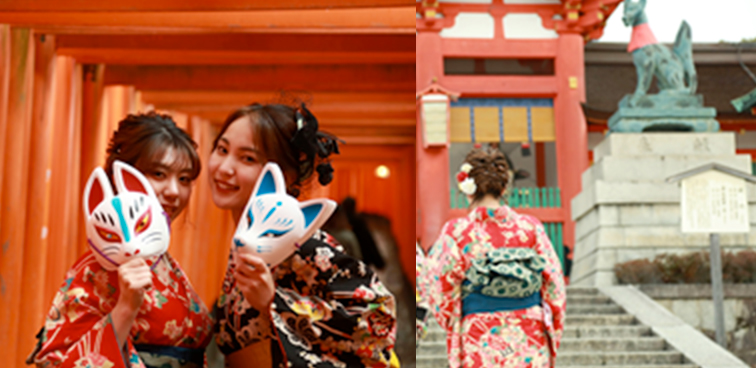
45-1, Fukakusa Inarinakanocho, Kyoto Shi Fushimi Ku, Kyoto Fu, 612-0807, Japan
Tel. +81-75-634-8900 / FAX +81-75-634-8901 / E-mail E-mail fushimiinari@okamoto-kimono.com
Nearest Station: JR Inari Station / Keihan Fushimi Inari Station
Rental Kimono Okamoto Gion Shop
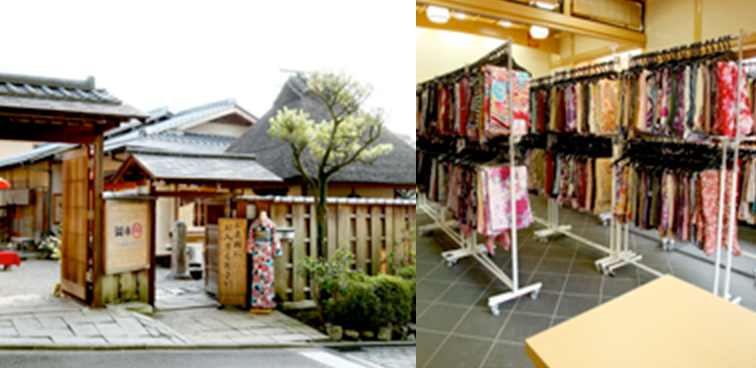
523 Washiocho, Higashiyama-ku, Kyoto 605-0072
Tel. +81-75-531-7890 / FAX +81-75-531-8383 / E-mail gion@okamoto-kimono.com
Nearest stop: City Bus Gion Stop
Rental Kimono Okamoto Kiyomizu Higashiyama Shop
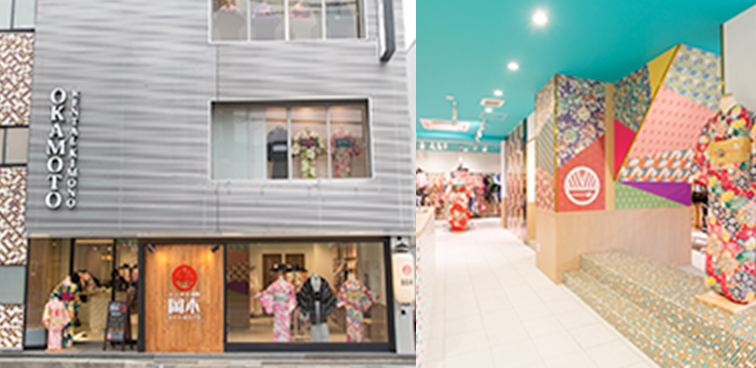
110-9 Tatsumicho, Higashiyama-ku, Kyoto 605-0855
Tel. +81-75-533-8900 / FAX +81-75-533-8910 / E-mail kiyomizuhigasiyama@okamoto-kimono.com
Nearest stop: City Bus Kiyomizumichi stop
Rental Kimono Okamoto Kiyomizu Shop
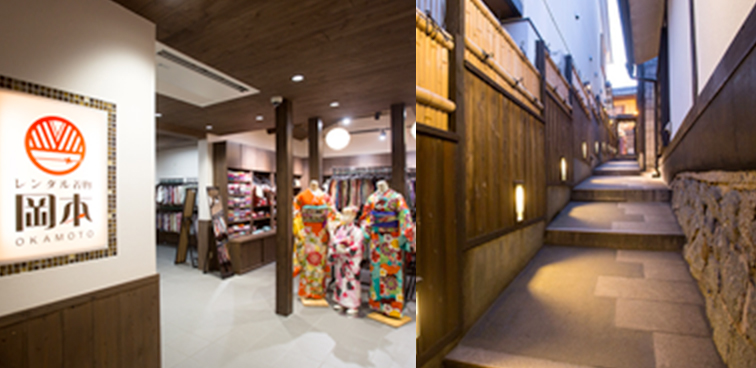
2-237-1-1 Kiyomizu, Higashiyama-ku, Kyoto 605-0862
Tel. +81-75-525-7115 / FAX +81-75-533-8960 / E-mail kiyomizuzaka@okamoto-kimono.com
Nearest stop: City Bus Kiyomizumichi stop
Rental Kimono Okamoto Main Shop
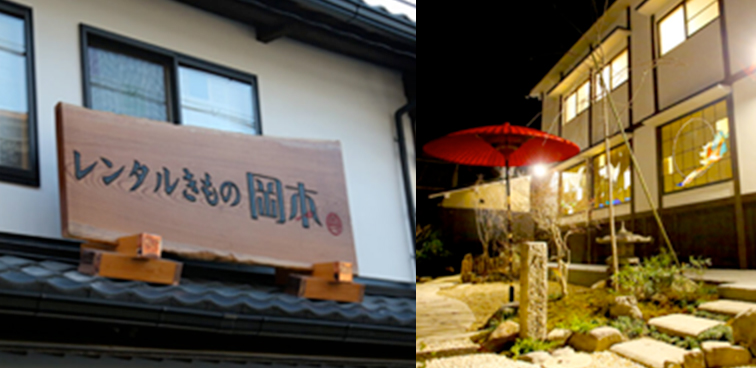
6-546-8 Gojohashihigashi, Kyoto Higashiyama-ku, Kyoto 605-0846
Tel. +81-75-532-1320 /Fax +81-75-532-1480 / E-mail honten@okamoto-kimono.com
Nearest stop: City Bus Gojozaka Stop
Rental Kimono Okamoto Yasaka Jinja Shop
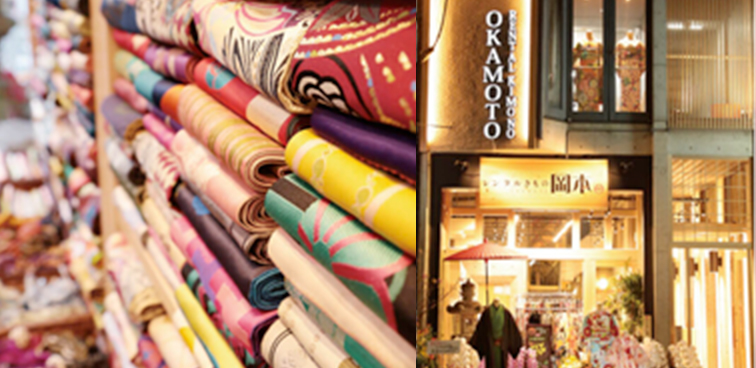
301-1 Gioncho, Higashiyama-ku, Kyoto 605-0073
Tel. +81-75-532-0510 / FAX +81-75-532-0511 / E-mail yasakajinja@okamoto-kimono.com
Nearest stop: City Bus Gion Stop
You can read a feature story about our store, Kyoto and kimono.
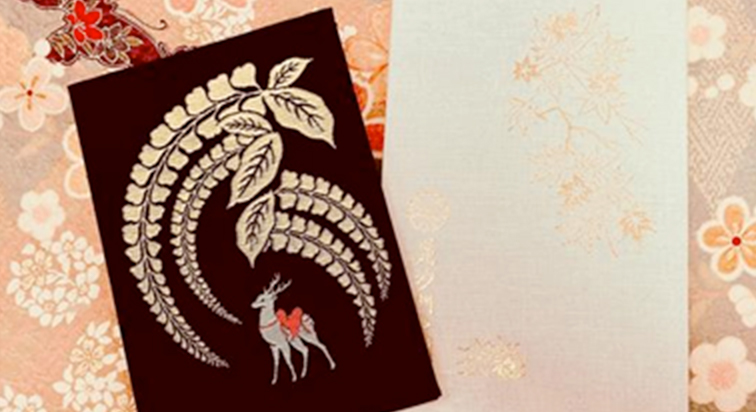
We are introducing various information on proper way of choosing kimono and others to match. Also you can access to our articles about regional, sightseeing information of Kyoto you can refert to before travelling to Kyoto.
You can read articles about various information on Kyoto.

Our kyoto resident staffs post articles about history, sightseeing, regional information of Kyoto. You may enjoy sightseeing even more by deepening your knowledge through this article.
You can view articles about kimono all written by us.
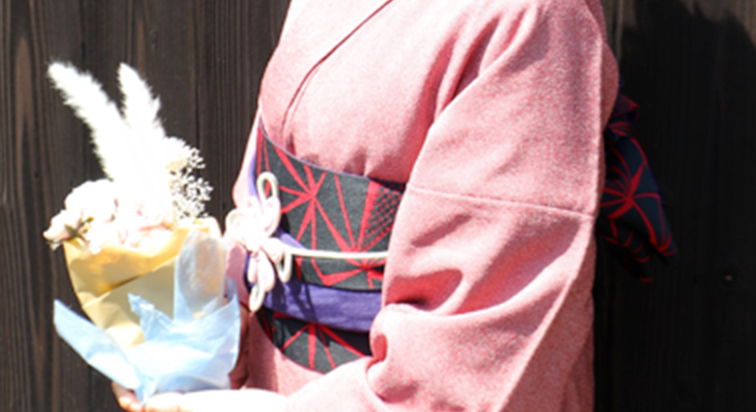
It features various articles about kimono such as history, manner, common sense and a proper way of matching kimono. They will add fun to your going out in kimono.







